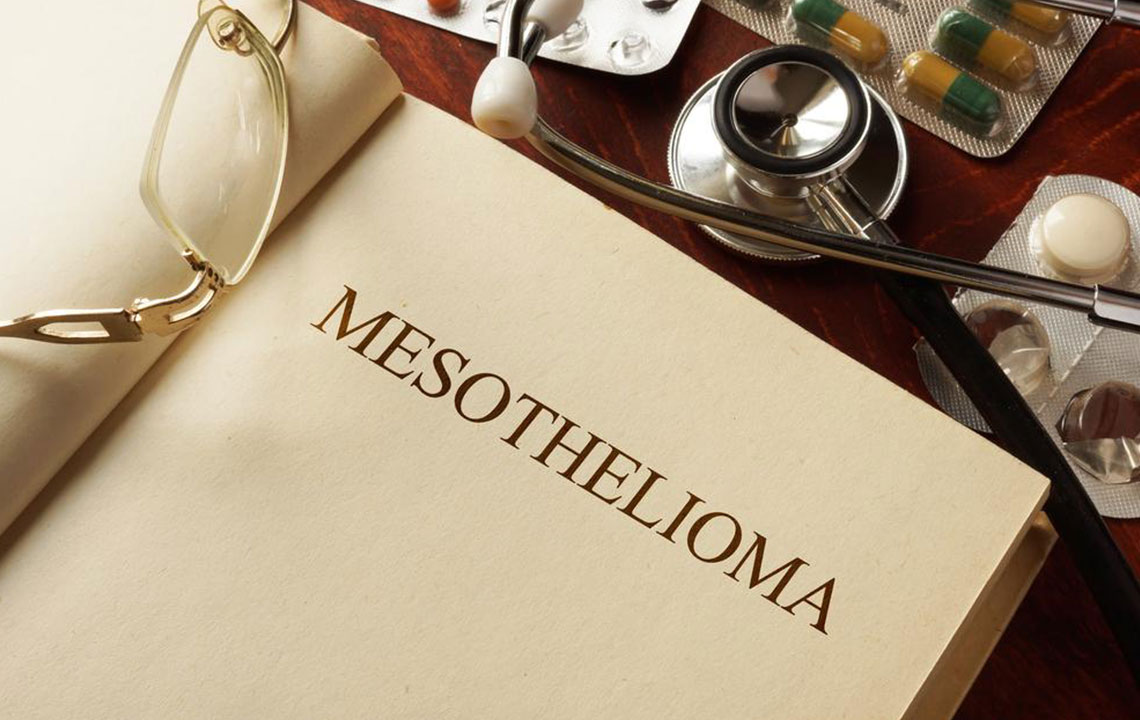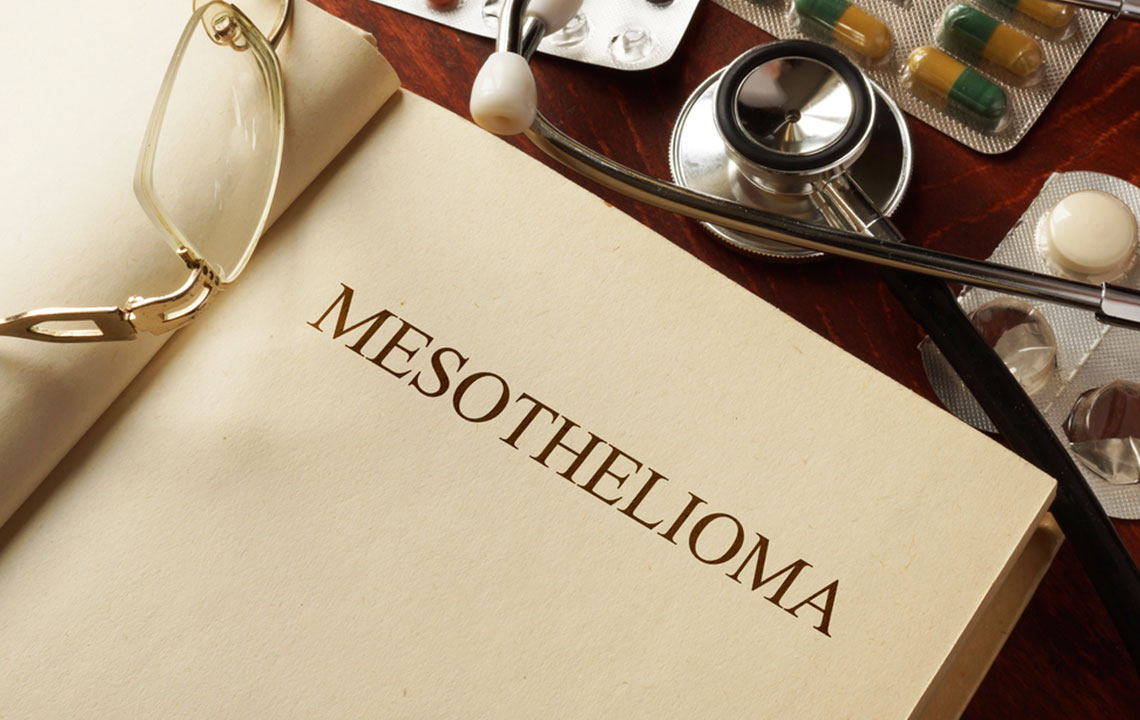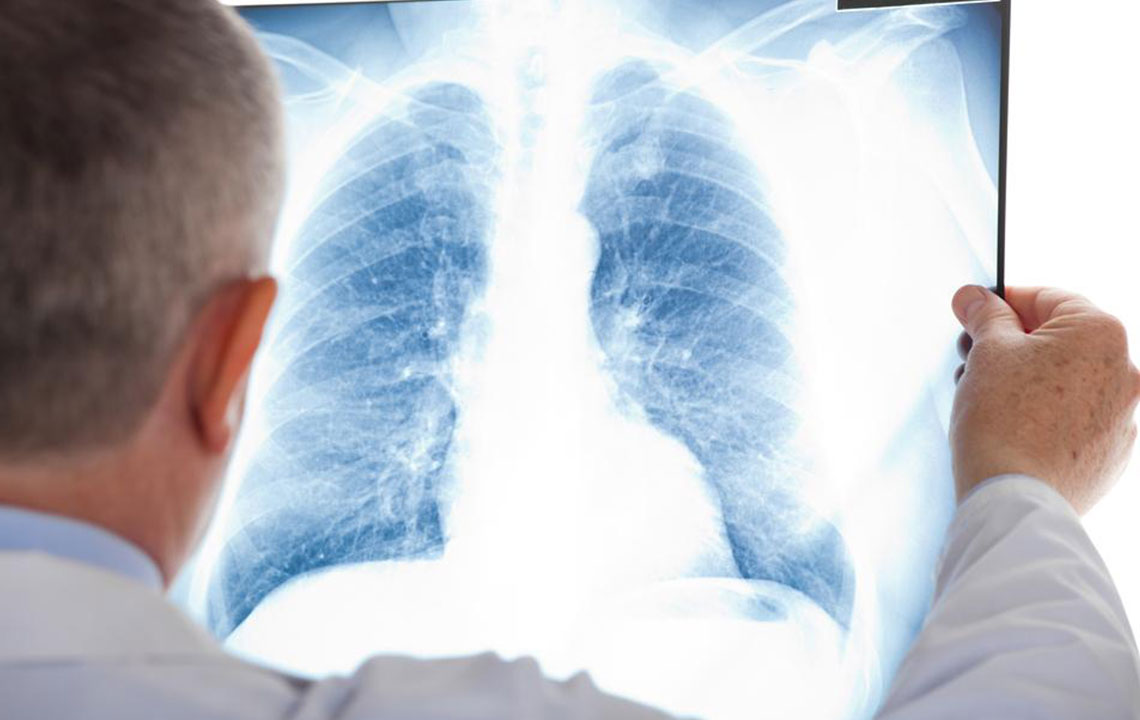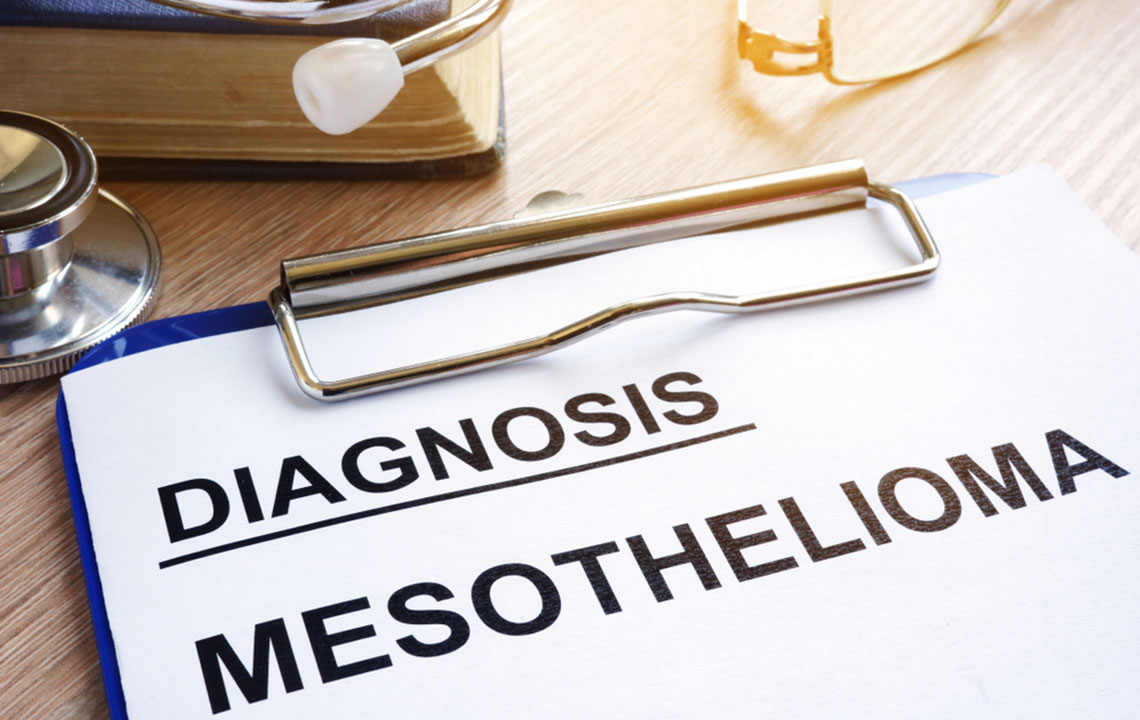Comprehensive Guide: Top 5 Factors That Elevate Mesothelioma Cancer Risk
This comprehensive article explores the top five factors that increase the risk of developing mesothelioma, including asbestos exposure, contact with zeolite, radiation therapy, viral infections like SV40, and genetic predispositions. Understanding these risks helps in early detection and prevention strategies. The piece provides detailed insights into how occupational hazards and genetic factors contribute to this aggressive cancer, emphasizing protective measures, awareness, and proactive health management to improve patient outcomes.

Understanding the Key Factors That Increase Mesothelioma Cancer Risk
Mesothelioma is a rare but aggressive form of cancer primarily affecting the lining of the lungs, abdomen, or heart. It is known for its challenging prognosis and the importance of early diagnosis and intervention. Identifying and understanding the primary risk factors that contribute to mesothelioma development is essential for both prevention and early detection, which can significantly improve patient outcomes and survival rates.
This detailed guide explores the most significant factors associated with increased risk for mesothelioma, providing insights into how exposure and genetic predispositions can influence disease development. Whether you suspect occupational exposure or have a family history, recognizing these risk elements can empower you to take proactive steps towards health and safety.
1. Asbestos Exposure: The Leading Culprit
Asbestos exposure remains the most significant and well-documented risk factor for mesothelioma. Statistically, over 80% of all mesothelioma cases are linked directly to inhaling or ingesting asbestos fibers. Asbestos is a naturally occurring mineral highly valued in construction and industrial applications because of its fire-resistant, insulating, and durable properties.
Workers involved in mining, manufacturing, construction, shipbuilding, and demolition often encounter asbestos-containing materials. During the handling or removal of these materials, microscopic asbestos fibers become airborne, increasing the risk of inhalation or accidental ingestion. Once inside the body, these fibers embed into the mesothelial lining, causing inflammation, cellular damage, and genetic mutations that can eventually lead to mesothelioma.
Despite regulations, asbestos use persisted well into the late 20th century in various countries, making occupational exposure a significant concern historically and currently in some industries. People working in older buildings or involved in repairs are advised to recognize asbestos risks and take protective measures such as wearing masks, protective clothing, and ensuring proper asbestos abatement procedures.
2. Contact with Zeolite: A Mineral Similar to Asbestos
Zeolite is a naturally occurring mineral with properties that resemble asbestos. It is used in various industrial applications, including water treatment, catalysis, and construction. While not as notorious as asbestos, prolonged or high-level exposure to zeolite dust has raised concerns about its potential link to mesothelioma.
Workers in industries like mining, manufacturing, and industrial processing should use proper protective equipment to avoid inhaling or ingesting zeolite particles. Since its chemical structure is similar to asbestos, the risk of cellular damage and subsequent cancer development exists if proper safety protocols are not followed.
3. The Impact of Radiation Therapy
High doses of radiation, particularly targeted at the chest and abdominal regions, are used in treating various cancers. However, this therapeutic approach can inadvertently increase the risk of mesothelioma later in life. Radiation can cause DNA damage in the cells lining vital organs, leading to malignant transformation over time.
For cancer patients receiving radiation therapy, especially those with prolonged or high-dose treatments involving the thoracic area, doctors monitor long-term health to catch any signs of secondary malignancies early. Awareness of this potential risk helps in balancing the benefits of radiation therapy with its long-term side effects.
4. Viral Infections: The Role of SV40
Scientists have identified the simian virus 40 (SV40) as a possible co-factor in the development of mesothelioma. This virus was first discovered in polio vaccines administered in the mid-20th century, with some batches contaminated with SV40. Although widespread vaccination has largely eliminated this risk, exposure to the virus through other means remains a concern.
Research suggests that SV40 can interfere with tumor suppressor genes, impairing cellular repair mechanisms and promoting tumor growth. Individuals exposed to SV40, either via contaminated vaccines or other sources, may have an increased susceptibility to mesothelioma. The connection underscores the importance of understanding viral contributions to cancer development.
5. Genetic Predisposition: Inherited Factors Increasing Vulnerability
While most cases of mesothelioma are linked to environmental exposure, a small percentage—approximately 1%—are inherited. Genetic mutations, especially in the BAP1 gene, have been identified as risk factors that can predispose individuals to developing mesothelioma independently of asbestos exposure.
Inherited mutations may cause cells to become more vulnerable to environmental carcinogens or to develop tumors spontaneously. Family history of mesothelioma or related cancers suggests a genetic component, making genetic counseling and testing valuable for at-risk individuals. Advances in understanding genetic predispositions can help tailor preventive measures and early detection strategies.
Conclusion
Understanding the various factors that contribute to mesothelioma risk is crucial for prevention and early diagnosis. The primary risk remains asbestos exposure, but other elements such as contact with zeolite, radiation therapy, viral infections, and genetic predispositions also play significant roles. Protecting oneself during industry work, being vigilant about environmental hazards, and understanding personal and family health history can greatly influence outcomes.
Advances in research and regulations continue to reduce exposure risks, but awareness remains key. If you believe you are at heightened risk, consult healthcare professionals for screening and consider genetic counseling if there's a family history of mesothelioma. Early detection can improve prognosis significantly, underscoring the importance of vigilance and preventative care in combating this challenging disease.





